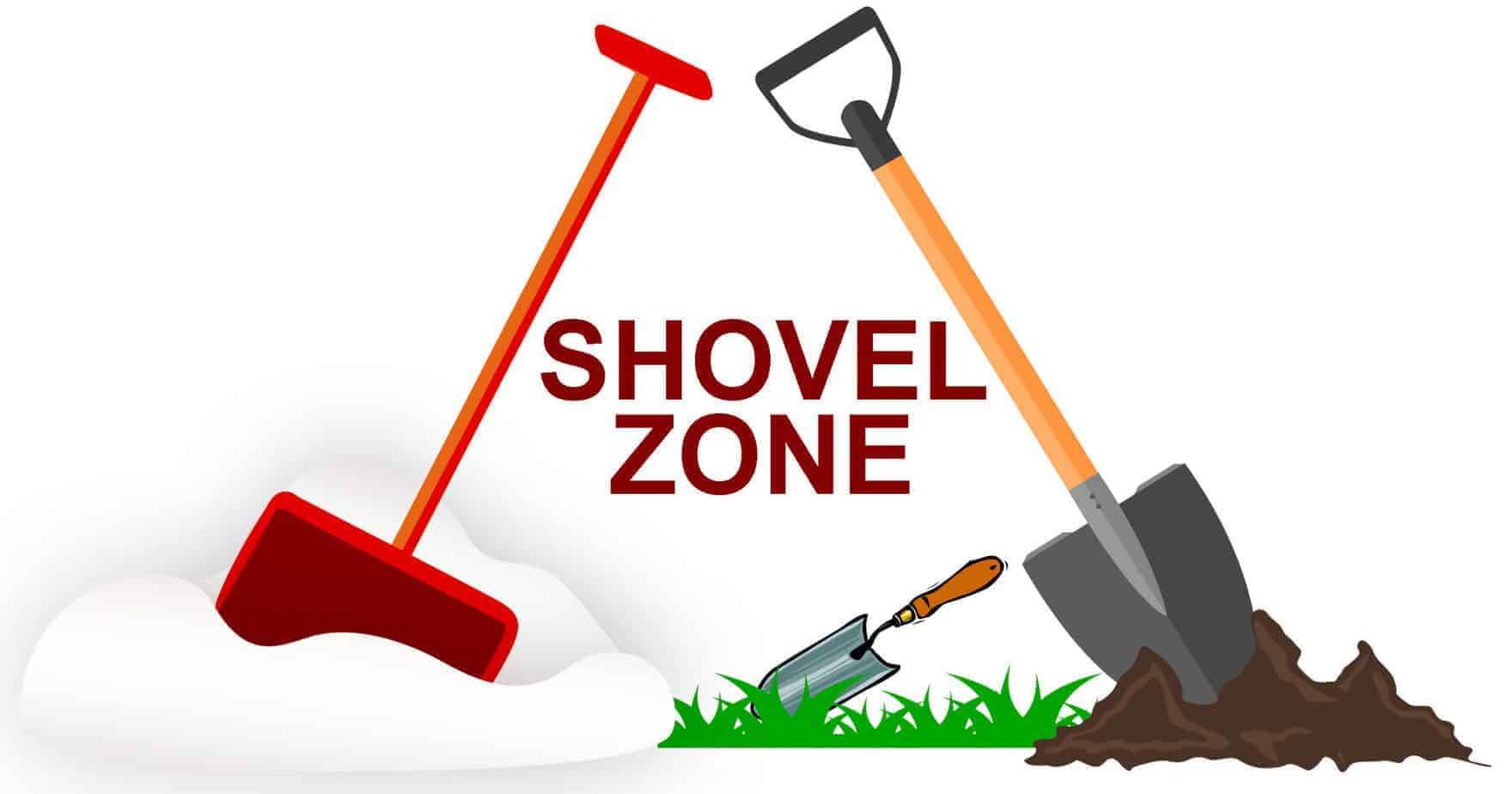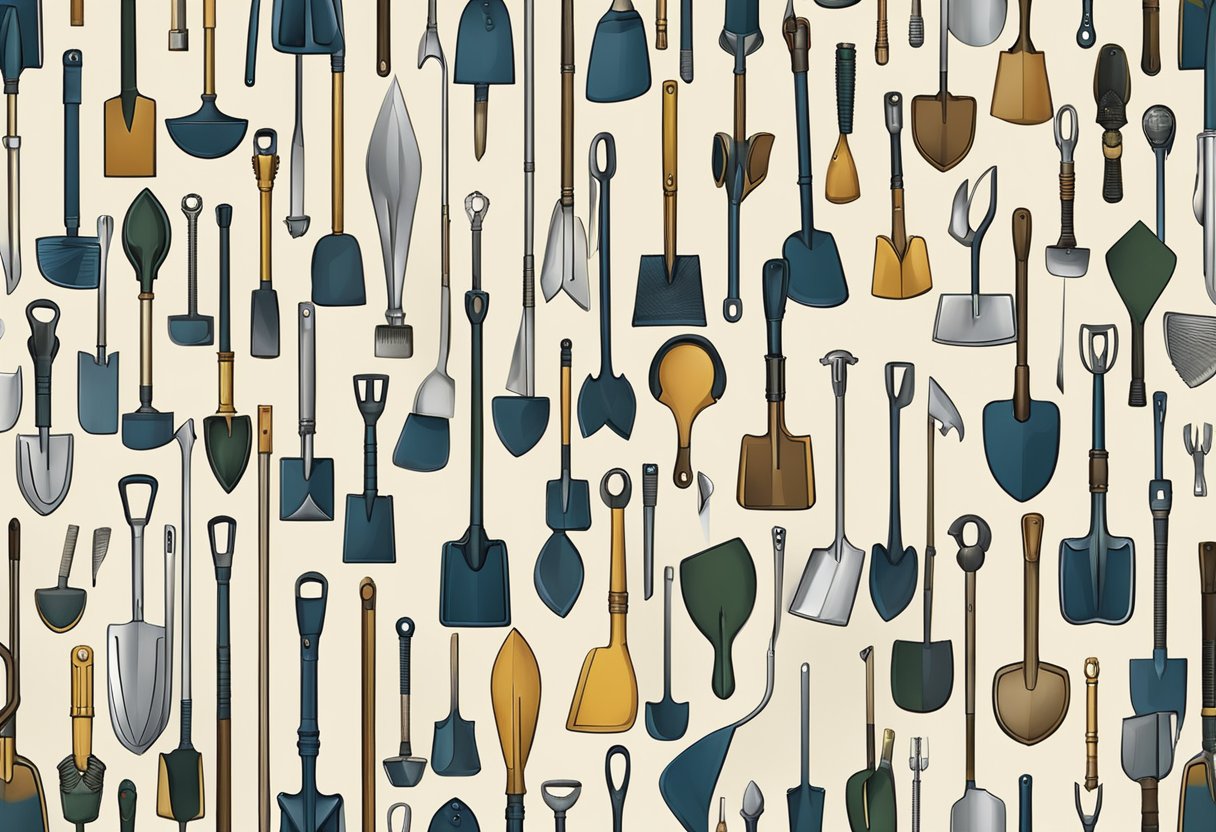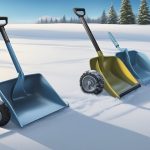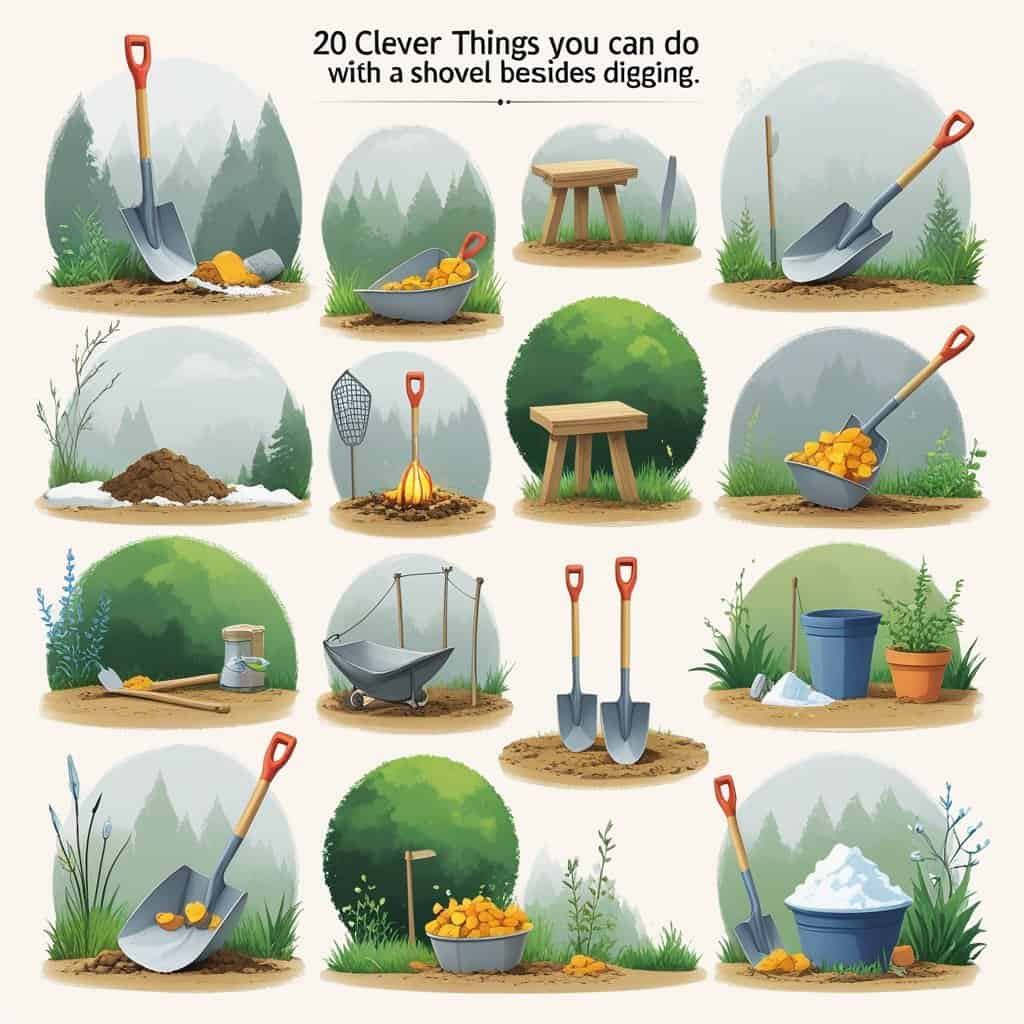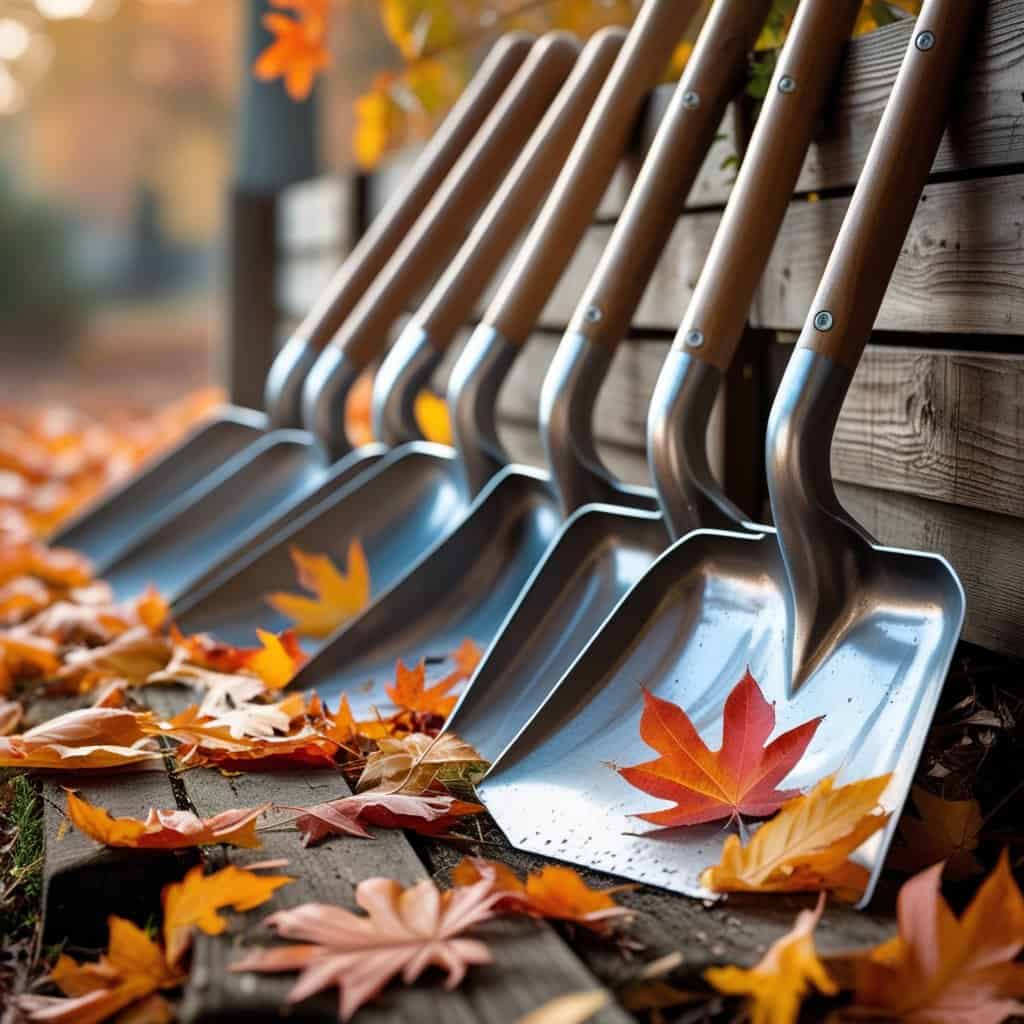Shovels come in all shapes and sizes, each telling a story about the people who use them. Whether digging in rocky soil or shoving heavy snow out of the way, a shovel is made for that. Local materials, weather, and even old traditions all shape how a shovel looks and works.
When exploring unique shovel designs, you will discover the intricate details and variations that make them truly special.
Unique shovel designs often reflect the cultural identity and practical needs of their users.
Understanding the evolution of unique shovel designs provides insight into various cultures and their interactions with the land.
Modern unique shovel designs show how innovation meets traditional craftsmanship.
When you look at unique shovel designs from different countries, you see how people get creative to solve problems and make tough jobs easier. Some shovels are tough for mining, while others are gentle enough for gardening. Curious about how these designs changed over time and why they matter? You are definitely in the right place.
Unique shovel designs in Europe are often characterized by their functionality and durability.
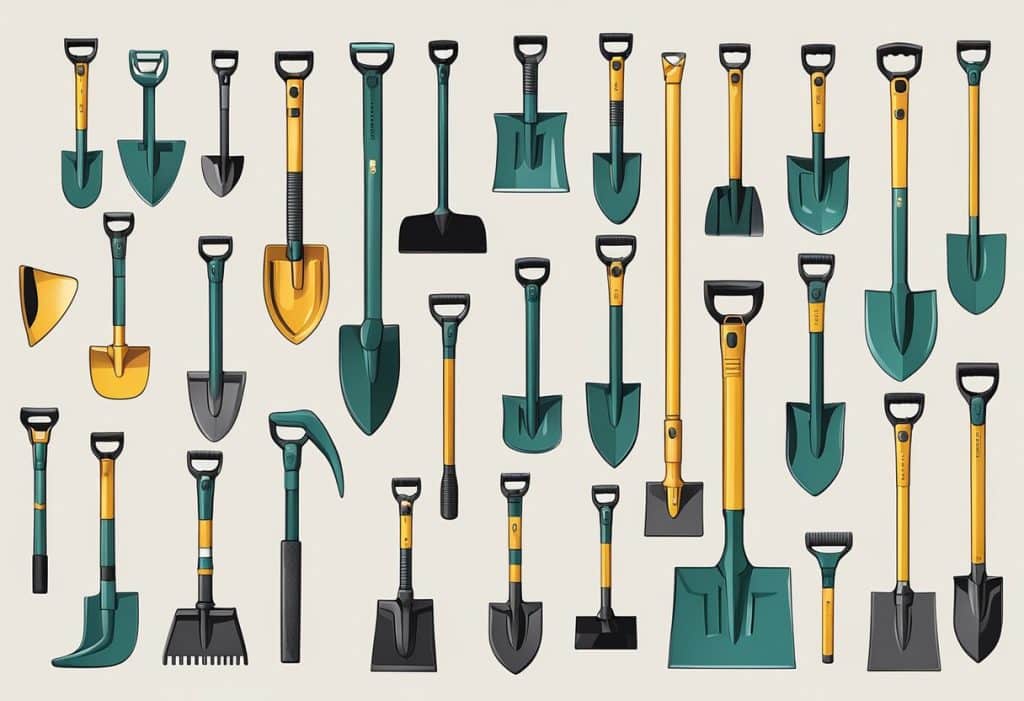
Table of Contents
Evolution Of Unique Shovel Designs Across Continents
Many unique shovel designs have practical adaptations that suit local conditions.
Shovels have changed a lot over thousands of years. Different environments, materials, and cultures have all left their mark. How a shovel looks and works can reveal a lot about local needs and what folks had on hand.
Europe
European shovels usually have metal blades and sturdy wooden handles. In places like England and the Netherlands, you will spot broad, flat blades—great for moving heavy, sticky dirt.
In colder regions, shovels with sharper, pointed tips are preferred. These help break through hard or frozen ground. The classic spade, with its square blade and solid build, is a favourite for gardens and farms. It’s ideal for digging, edging, and lifting sod.
Key features of many European shovels:
- Broad, flat or square blades
- Sturdy wooden shafts
- Strong, D-shaped or straight handles
In Asia, unique shovel designs highlight the rich agricultural practices of the region.
Unique shovel designs found in China are practical and versatile, perfect for various tasks.
Many South and Southeast Asian unique shovel designs are lightweight, allowing for easy transport.
Little regional tweaks show how communities made shovels work better for their landscapes, making tough jobs easier.
Asia
Asian shovels vary, each made for a specific job. In Japan, farmers use narrow, curved blades that fit perfectly in tight rice paddies. The slender design helps you dig without harming delicate roots.
In China, traditional shovels have wide, rectangular blades—handy for moving a lot of soil or sand at once. The handles are longer, so you can work upright and spare your back.
Across South and Southeast Asia, you’ll see lightweight tools made from bamboo or local hardwoods. These are easy to carry and use for hours in the heat. Most are for shifting loose dirt, not digging into hard ground.
North American Shovels
North American shovels are all about durability and getting things done fast. You’ll see many steel blades paired with rigid fibreglass or hardwood handles. The round-point shovel is everywhere—its pointed tip slices through firm soil with less effort.
Landscaping and snow removal have led to some unique designs. Snow shovels sport wide plastic or metal blades for clearing significant areas quickly. Some even come with ergonomic handles to save your back.
African unique shovel designs often utilize local materials and traditional construction methods.
Tool companies in the U.S. and Canada have developed multi-purpose shovels. Some have serrated edges for cutting roots or reinforced collars to prevent breakage. These improvements make North American shovels a go-to for homeowners and pros alike.
Each unique shovel design in Africa embodies the community’s knowledge and heritage.
Highlights of North American shovels:
- Heavy-duty steel blades
- A variety of handle materials (fibreglass, wood, plastic)
- Specialized designs for digging, trenching, and snow removal
Africa
In many African communities, people make shovels from what’s nearby. In rural spots, you might see wooden blades carved from thorny trees, with handles bound in plant fibres or animal hide. Some groups rework old metal scraps into practical blades for farming.
Shovel shapes change depending on what’s grown and the soil type. Wide, shallow blades work well for sandy soil, making it easy to scoop and move earth. Where the ground is rocky, folks use narrow blades for more precise digging.
Hand-made African shovels carry local knowledge. Builders and farmers pass their skills down, ensuring tools fit the work. In some places, you will see factory-made shovels, but traditional craftsmanship is still alive, mixing old methods with new needs.
Innovations in unique shovel designs are paving the way for more efficient digging and gardening.
Unique shovel designs benefit from advancements in materials and technology, enhancing their usability.
These modern unique shovel designs often prioritize user comfort and sustainability.
Key aspects of indigenous African shovels:
- Locally sourced materials
- Hand-forged or carved construction
- Blades and handles designed for specific crops or soils
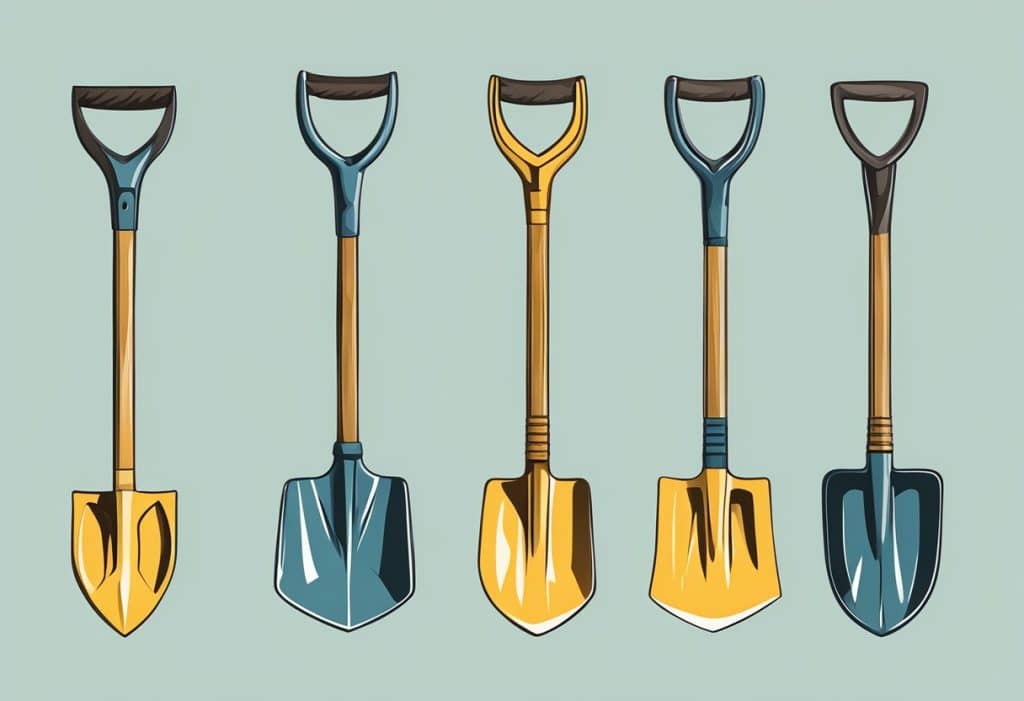
Modern Innovations and Regional Customizations
Shovel designs today keep changing, thanks to new materials, better tech, and more focus on user comfort and the planet. These updates help shovels last longer and do their jobs better.
Modern shovels often use stronger, lighter materials. Manufacturers choose high-strength steel or aluminum for durability and less weight. Some regions use composite materials to fight rust.
Laser cutting and precision welding have made shovels more reliable. You’ll spot features like non-stick coatings that make digging in sticky soils less of a headache. Electronics are sneaking in, too—big digging machines sometimes pack sensors or smart controls for better speed and safety.
Efforts to create eco-friendly unique shovel designs reflect a growing awareness of environmental issues.
Unique shovel designs are adapting to meet new standards of sustainability and efficiency.
Recent innovations in excavator attachments include custom hydraulic systems and quick-change couplers. These allow operators to swap shovel heads for different jobs without extra tools, a real-time-saver in mining, construction, and farming.
Innovations in unique shovel designs are enhancing their performance and reducing their environmental impact.
Ergonomics and User-Centric Adaptations
Shovel handles often feature ergonomic grips these days. Angled or cushioned handles can reduce hand and wrist pain. Some places stick with classic shapes, but others tweak designs for jobs like digging in rocky soil or scooping soft sand.
Handle length and weight matter, too. Adjustable handles let you find what feels right, balancing comfort and control. Newer shovels also consider local body sizes, habits, and everyday tasks.
For big machines, hydraulic shovel operator cabins come with adjustable seats, climate controls, and easy-to-read screens. These features help workers stay safer and more comfortable on long shifts. Manufacturers like Liebherr focus on safety and comfort, tailoring designs to each region’s needs.
Environmental Considerations in Shovel Production
Many companies want to reduce their environmental impact by choosing recycled or eco-friendly materials over traditional metals or plastics. Factories cut energy use and emissions by upgrading equipment and switching to renewable power.
Some shovels run on big job sites on electric or hybrid systems to save fuel and lower emissions. Countries with strict laws push companies to design products with less waste and more recycling in mind.
Automation and electrification are changing how shovels are made and used, especially in areas where green building is a priority. Using durable parts and making shovels easy to repair or recycle help reduce their footprint over time.
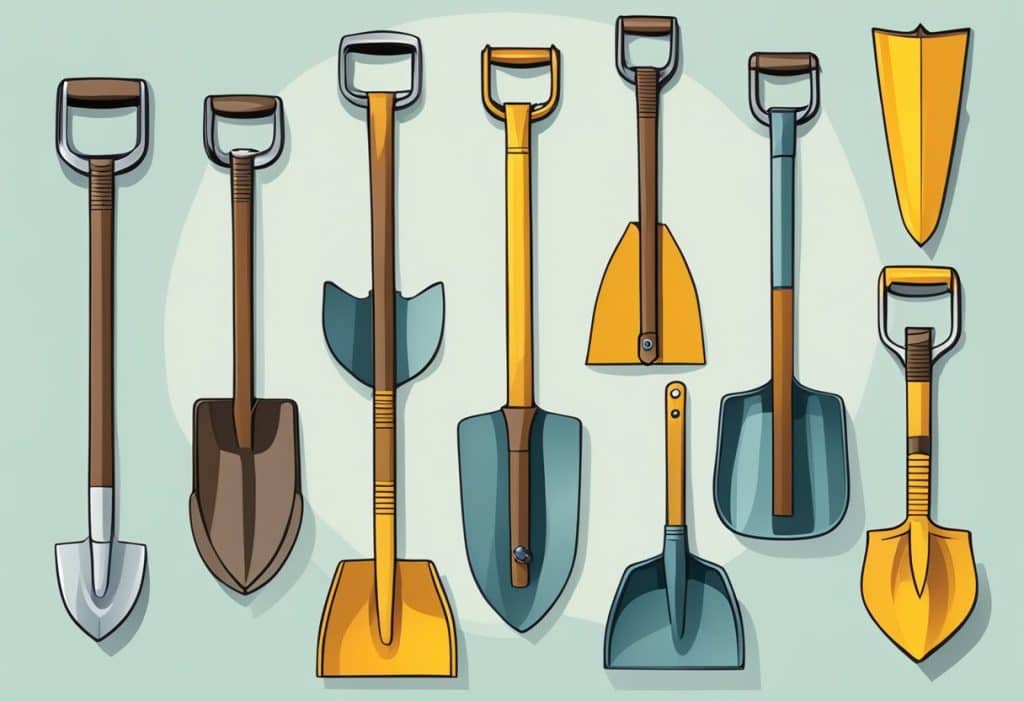
Frequently Asked Questions
What are the distinguishing features of shovel designs from different countries?
Japanese shovels often use lightweight materials and come in compact sizes, making them easier to handle in tight spaces. In Europe, you’ll see reinforced steel blades for tough digging and ergonomic grips for comfort. American designs focus on versatility, offering a range of blade styles for landscaping, snow, or construction.
What factors contribute to the cost of the world’s biggest excavators?
Materials, engine power, high-tech electronics, brand reputation, and extras like safety or comfort features determine costs. Transport and assembly can add up, especially for giant mining shovels and excavators. International shipping and import fees also bump the price, as seen in global excavators and shovel loaders imports.
What innovations in shovel technology are emerging from international manufacturers?
Manufacturers are rolling out automatic digging modes, advanced control systems, and stronger, lighter materials. Smart sensors and GPS help with precision digging and maintenance tracking. Electric and hybrid shovels are picking up steam for their lower emissions and running costs, as seen in comparisons at Top 10 Shovel Manufacturers Companies and Products Compare 2025.
